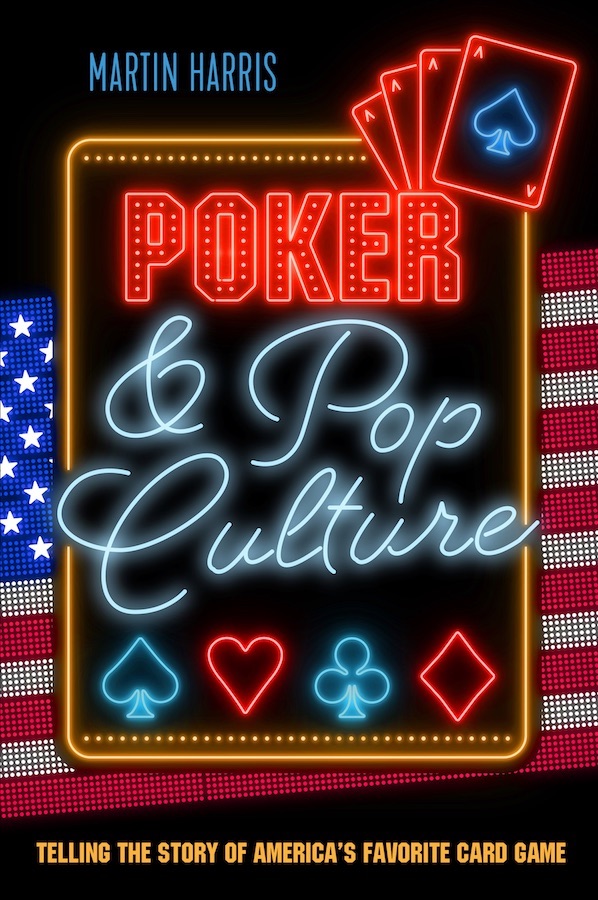Was the Webster-Clay Hand Misreported?
Both men served as representatives in the House, as senators, and as Secretary of State. Both also came close to becoming president, too. Clay would run three times without winning, while Webster turned down a chance to be William Henry Harrison’s vice-president, then Harrison would die just a month after being elected. And both were well known to be avid poker players.
Clay, in fact, was credited by some of his contemporaries as having invented poker, although such appears to be mostly an exaggeration of his having been one of poker’s more prominent enthusiasts during the game’s earliest decades. Joe Cowell, for instance, in Thirty Years Passed Among the Players in England and America -- a book published in 1844, the year of the third and last of Clay’s unsuccessful presidential runs -- refers to poker as “exclusively a high-gambling Western game, founded on brag [and] invented, as it is said, by Henry Clay when a youth.”
The story of the hand of five-card draw has been told and retold many times over, and in most versions picks up the action during the draw when Clay takes but one card while Webster stands pat. The two then bet back and forth until each has contributed $2,000 to the pot, with the betting concluding when Clay calls Webster’s final raise.
Webster then turns over a pair of deuces, which turns out to be a winner as Clay has only ace-high.
Writing about the hand in Poker: Bluffs, Bets, and Bad Beats (2001), Al Alvarez attempts to explain why exactly both players would risk such fortunes on such weak hands.
“What made these two shrewd operators go on raising and reraising each other?” Alvarez asks. “The only answer can be that each somehow sensed that the other was weak, that each had some small, unconscious physical tell -- a flicker of the eyelid, an odd inflection of the voice, a slight hesitation when he handled his chips -- that showed the other player that the pat hand and the one-card draw were both bluffs.”
It’s a sensible explanation, to say as Alvarez does that “each smelled the other’s weakness and was determined not to blink.” Meanwhile John W. Keller, author of A Game of Draw Poker (1887), offers a different explanation, presenting his interpretation as representative of what most card players of his era believed regarding the hand -- namely, that the hand wasn’t so much an illustration of a couple of famous poker players bluffing one another, but rather the whole story was one big bluff.
After expressing cynicism about Clay and Webster and the pair’s repuation as “redoubtable warriors in terrific poker battles,” Keller refers specifically to the fact that Clay calls Webster’s final raise while holding just ace-high. Keller thinks such a “play would indicate that he was ignorant of Poker,” and adds that “Poker players of to-day do not accept this story as true.”
Such a conclusion makes me think of those too-crazy-to-be-believed hands that sometimes really do happen in poker tournaments, and when tournament reporters share them those reading the accounts unsurprisingly respond with doubts about the accuracy of the reports.
I’m remembering writing a post here six summers ago from the 2009 World Series of Poker, one titled “Seeing Is Believing,” in which I discussed this very phenomenon -- that is, having to report on hands in which the action is so strange it necessarily threatens credibility.
Was the Clay-Webster hand -- one of the most famous from the game’s first 100 years -- misreported? Some think so.
Labels: *the rumble, Al Alvarez, bluffing, Daniel Webster, Henry Clay, Joe Cowell, John W. Keller














0 Comments:
Post a Comment
<< Home